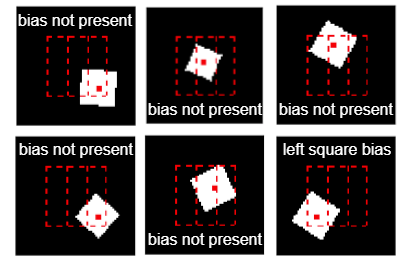|
Hey! I am a computer science and mathematics PhD student from Ireland. I am currently interning at the National Institute of Informatics, Japan in Tokyo. I am doing my PhD in the CRT in the Foundations of Data Science program funded by Science Foundation Ireland. Here, I am a member of the BDARG group in the Computer Science department in UL. I started my PhD focusing on projects centred around statistical analysis and algorithms for the visualisation of networks. I was lucky enough to get involved in some big data, statistical machine learning and image processing projects. I found this too interesting, so switched my PhD focus from maths, statistics and statistical machine learning to understanding mysterious and powerful deep neural networks. I guess I would say I followed the gradient of interesting. And so, I became another maths nerd who got distracted by the fascinating world of ML and SOTA models such as LLMs! Broadly speaking, I aim to tackle the issue that current AI systems lack the robustness, diversity and creativity of humans, and we have a poor understanding of them. One angle I have approached this is through mechanistic and concept-based interpretability, with the goal of understanding a model’s representations. I think it would be very cool to one day understand the rich internal structure of deep neural networks, or at least have better tools to reduce their the black-box mysterious nature. I am also interested in understanding and improving upon current model limitations such as robustness, quality and diversity, and open-endedness. My research spans both image models and LLMs, and I am open to studying multimodal architectures in the future. I love to collaborate on interesting projects! I have been very fortunate to intern with MEDGIFT group in Switzerland as well as involve myself in various open science initiatives in my free time such as Aya led by Sara Hooker of CohereForAI and various fascinating projects with EleutherAI. |

|
|
Here is an overview of a few of my projects: |

|
O’Mahony, L., and Nikolov, N.S., O'Sullivan, D.J. IEEE/CVF Winter Conference on Applications of Computer Vision (WACV) 2025. Arxiv / Github We show that examining extremal neuron activations fails to capture valuable information about the behaviour of a representation. We demonstrate how non-extremal level activations contain complex information worth investigating, such as statistical associations, and thus may be used to locate spurious correlations and confounding human interpretable concepts. |

|
O’Mahony, L., and Grinsztajn, L., Schoelkopf, H., Biderman, S. International Conference on Learning Representations (ICLR) 2024, ME-FoMo Workshop. Openreview / Github Studies the effects of instruction tuning on the diversity of language models. Quantifies how each step in a typical RLHF or instruction-tuning pipeline changes a model’s diversity, for a series of models trained in a controlled fine-tuning setup. |

|
Graziani, M., O'Mahony, L., Nguyen A., Müller, H., Andrearczyk, V. TMLR November 2023. Openreview / arXiv A novel post-hoc unsupervised method that automatically uncovers the concepts learned by deep models during training. |

|
O'Mahony, L., Andrearczyk, V. Müller, H., Graziani, M. IEEE / CVF Computer Vision and Pattern Recognition Conference (CVPR) 2023, XAI4CV. arXiv / GitHub / Medium Shows that many neurons act as multiple feature detectors that can be disentangled into linear directions or concept vectors encapsulating distinct features. |

|
Graziani, M., Nguyen, A. P., O'Mahony, L., Müller, H., & Andrearczyk, V. International Conference on Learning Representations (ICLR) 2023, TrustML-(un)Limited Workshop. OpenReview / GitHub Application of a post-hoc unsupervised method that automatically discovers high-level concepts learned by intermediate layers of vision models to identify anomalies in the data collection. |

|
O’Mahony, L., O’Sullivan, D. J., & Nikolov, N. S. AICV 2023. Best paper award. Cham: Springer Nature Switzerland. Chapter / GitHub A filter for anomalous data points and for signalling out-of-distribution data. |
|
|
O’Mahony, L., & Wieczorek, S. Report / GitHub Mathematical modelling of the Atlantic Ocean with interesting insights into previous bifurcations such as glacial periods (ice age cycles) and tipping point bifurcations and reversibility |
|
See Google Scholar for my full list of published works. |
|
Reviewing:
|
|
|
Hosted on GitHub Pages — Thanks to Jon Barron for the theme. |